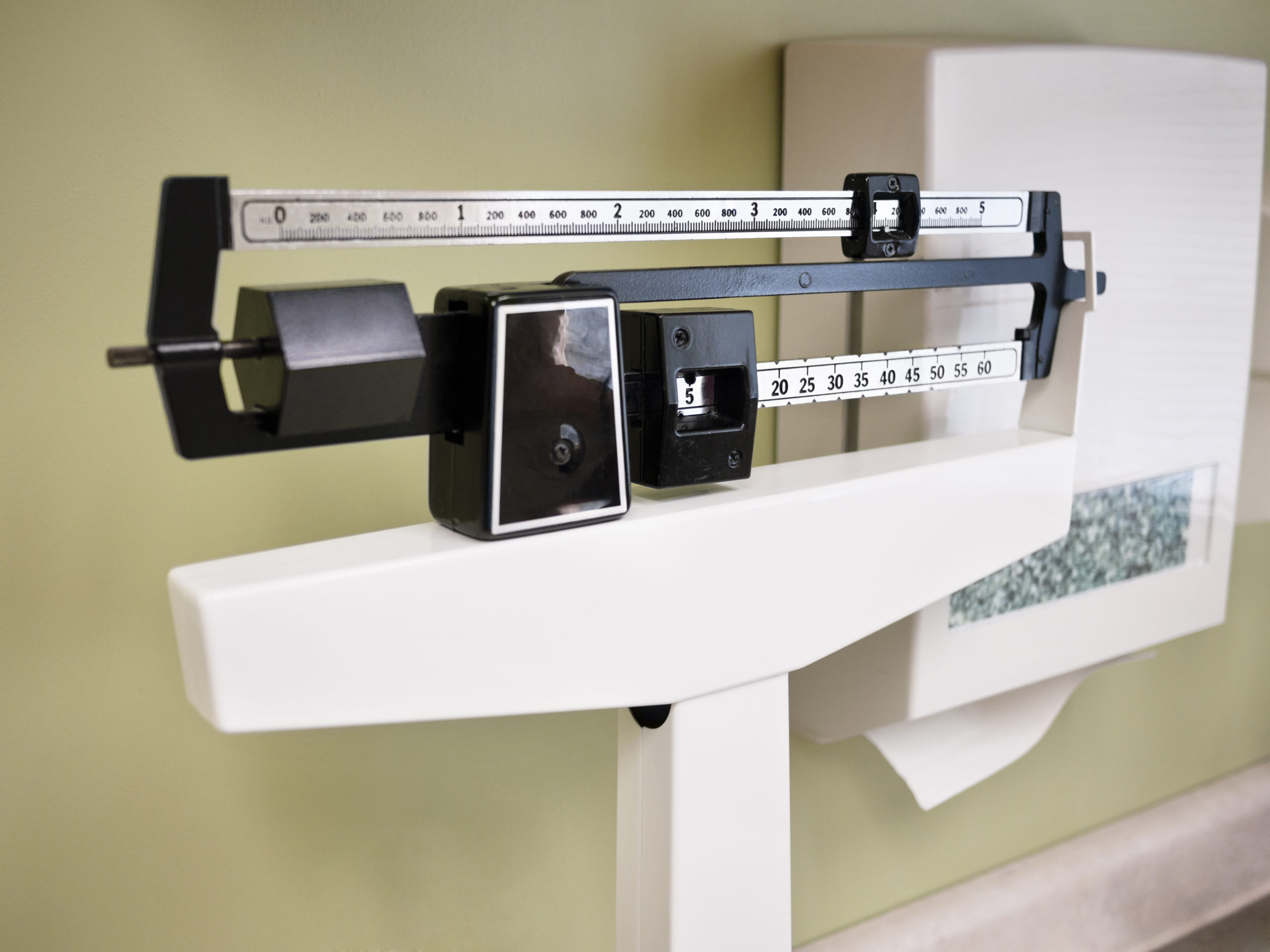
A large international team led by Northwestern Medicine investigators has established new standardized diagnostic criteria for pediatric sepsis, according to two related studies published in JAMA.
The National Institutes of Health estimates that more than 75,000 children are treated for severe sepsis each year in the U.S., and the condition is one of the leading causes of death among children worldwide.
Previously, pediatric sepsis diagnostic criteria were based on expert consensus from the early-2000s data which relied on systemic inflammation response syndrome and did not reliably identify high-risk pediatric patients, said L. Nelson Sanchez-Pinto, MD, associate professor of Pediatrics in the Division of Critical Care, who led the effort to create new standards and was first and co-author of the studies, respectively.
“For a while now, pediatric clinicians have struggled with having criteria for sepsis that didn’t have face validity,” said Sanchez-Pinto, who is also an associate professor of Preventive Medicine in the Division of Health and Biomedical Informatics.
As part of a task force of 35 interdisciplinary pediatric experts assembled from across the world to create new standards, Sanchez-Pinto and his collaborators used a machine-learning model to analyze more than 3.6 million electronic health records from pediatric hospital visits at 10 sites in the U.S., Bangladesh, China, Colombia and Kenya.
Utilizing the massive dataset, the investigators created a stacked regression model to consider eight different existing organ dysfunction scores and calculate the risk of death amongst children with infections. The analysis also considered comorbidities, age groups, ICU care history and if the medical center was under-resourced, according to the study.
Using results from the model, investigators established a scoring system, dubbed the Phoenix Sepsis Score, which is used to diagnose pediatric sepsis by scoring the patient’s respiratory, cardiovascular, blood coagulation and neurologic dysfunction, based on the consensus from the task force members.
“What we found with the data was that whether we used variables from eight organ systems or four organ systems, the machine learning models had a very similar performance,” Sanchez-Pinto said. “We went with the four-organ scoring because it would be less onerous, particularly for low-resource settings.”
The newly developed score will allow clinicians to diagnose sepsis and more accurately identify high-risk children, Sanchez-Pinto said.
“This score is not meant for screening for early sepsis, this is to establish whether patients do or do not have sepsis. The work that needs to be done now is around screening tools and early detection of sepsis, and those tools are highly dependent on the context. Local screening tools should be focused on their own patient population and the types of infections and comorbidities those patients commonly have,” he said.
The undertaking was one of the largest of its kind to utilize machine-learning models to help create international standards for disease diagnosis, Sanchez-Pinto said.
“We were very careful to avoid biases baked into our analysis, so one way that we did this was by having this very large data set that was representative from around the world,” he said. “To my knowledge, this is the first time we have a consensus definition based in part on the results of a machine learning algorithm. I think this project is a great baseline for us to have as a field for utilizing machine learning and AI in future studies to optimize how we diagnose and treat patients.”
This work was supported by the Society of Critical Care Medicine and grant R01HD105939 from the Eunice Kennedy Shriver National Institute of Child Health and Human Development.






